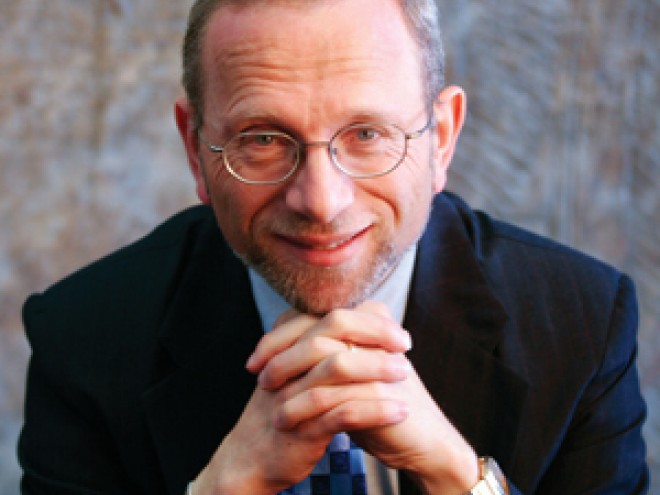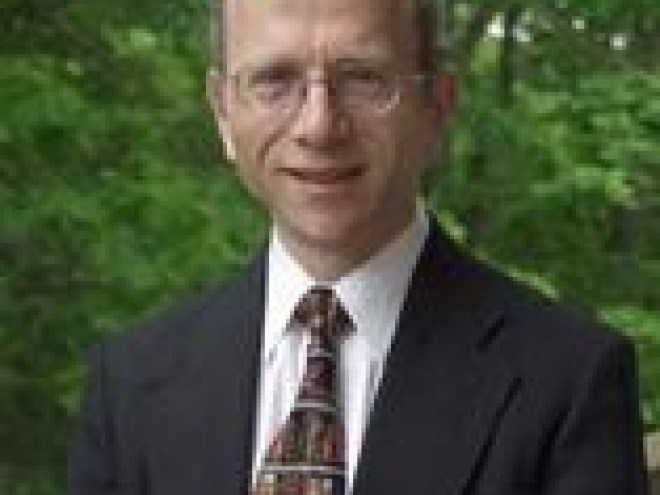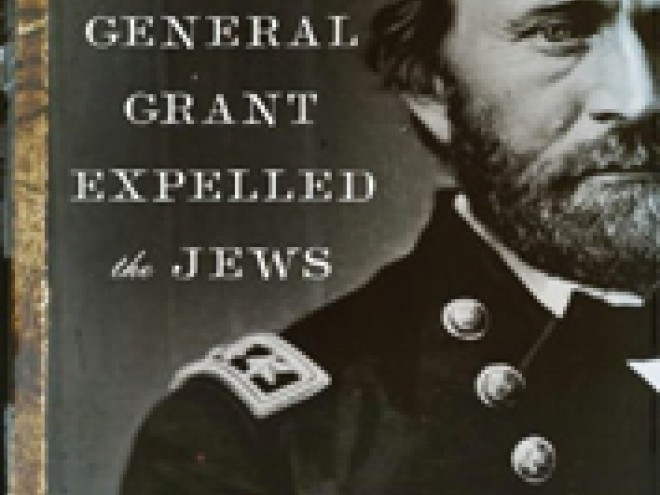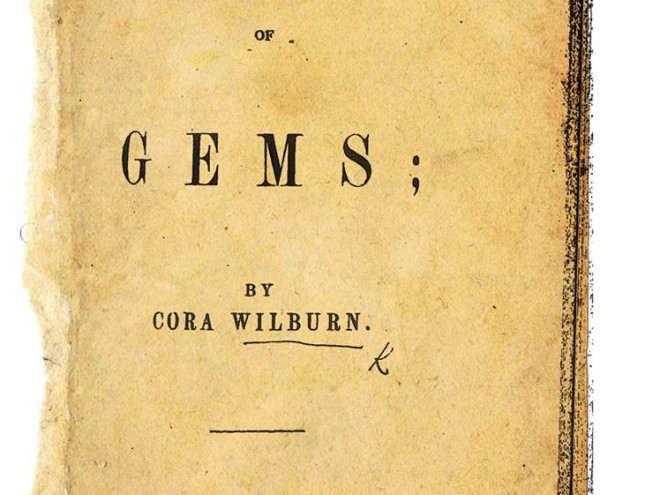This book, described as a “labor of love,” is a memorial of the life and work of Leah Levitz Fishbane, a doctoral student and young mother who met an untimely death in her early thirties. The editors are her late husband and her mentor. Two chapters of her dissertation are included in this volume. The other selections were presented at a conference in her memory; they focus on themes that would have been more fully developed in a final dissertation including later, similar revival movements, the creation of the Jewish Encyclopedia, and the importance of literary societies as engines of Jewish identity. The book is not a vanity piece, however; it greatly contributes to scholarship on the formation of Jewish identity and institutions.
Building on Professor Jonathan Sarna’s work, Fishbane’s plan was to write a dissertation that focused on a formative period in American Jewish life when a small critical mass of young leaders in Philadelphia and New York were instrumental in establishing a number of major Jewish institutions, including the Young Men’s Hebrew Association and the American Hebrew, a newspaper with a global circulation. This group was centered in three traditional synagogues, Mikveh Israel in Philadephia, and Sheareth Israel and Adereth El in Manhattan. Sarna’s introduction notes that this was a critical time, when anti-Semitism was becoming more apparent and several children of influential rabbis were leaving the fold, such as Felix Adler, the son of Temple Emanuel’s Rabbi Samuel Adler, who established the Society of Ethical Culture, and Rabbi Isaac Mayer Wise’s daughter, who eloped with a gentile.
This time period is crucial for two reasons. First, many of the organizations created during this time still exist and serve as important elements in the institutional infrastructure of Jewish life. Second, many of the challenges which the Jewish community continues to face were becoming apparent. It was a period when the broader society was experiencing the Third Great Awakening, when religiously based social movements were creating a new synthesis between religious commitment, modernity, and social justice. In the Jewish community, whose members were sometimes approached by missionaries inspired by this religious revival, the issue of what we today call “Jewish continuity” was becoming apparent. Learning about how a small and committed group of young people fashioned organizations outside of synagogues that would appeal to their peers has contemporary resonance. Translating religious texts and infusing new meaning into ancient traditions were challenges that the generation who came of age in the late nineteenth century met in innovative ways. The small circle of friends Fishbane was studying and the broader networks to which they were linked were an important force, both in terms of their strategies for synthesizing Jewish tradition, modernity, and American culture and in the organizations they established.

Nonfiction
Jewish Renaissance and Revival in America: Essays in Memory of Leah Levitz Fishbane, ז״ ל
- Review
By
– October 31, 2012
Susan M. Chambré, Professor Emerita of Sociology at Baruch College, studies Jewish philanthropy, social and cultural influences on volunteering, and health advocacy organizations. She is the author of Fighting for Our Lives: New York’s AIDS Community and the Politics of Disease and edited Patients, Consumers and Civil Society.
Discussion Questions

Jewish literature inspires, enriches, and educates the community.
Help support the Jewish Book Council.



